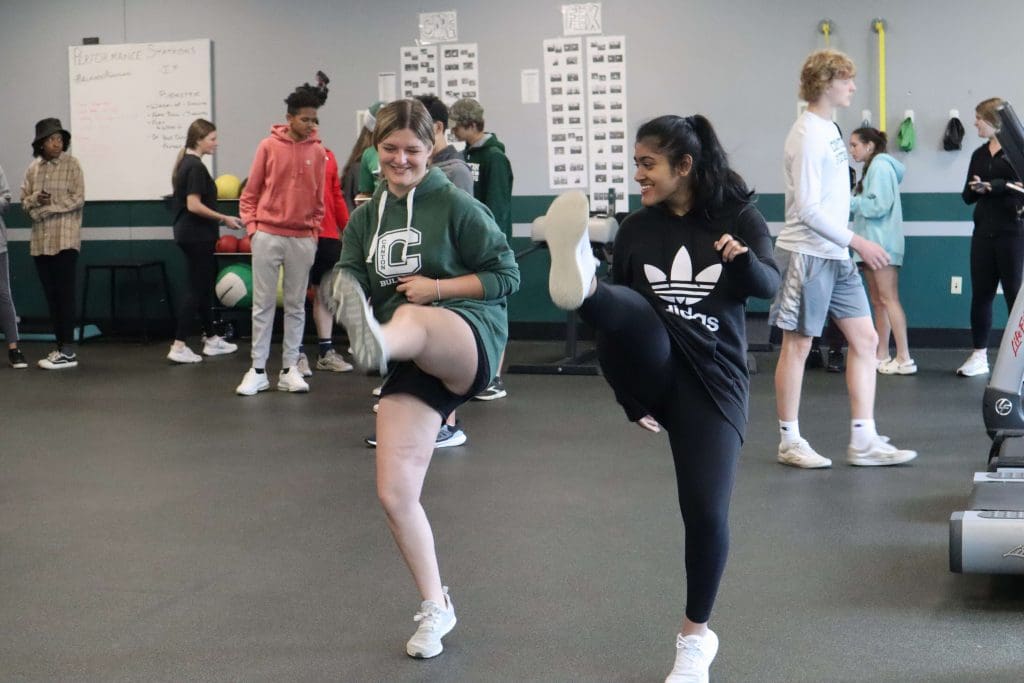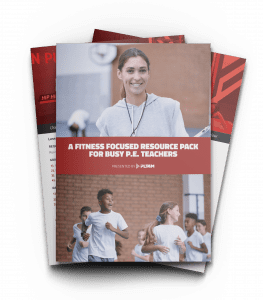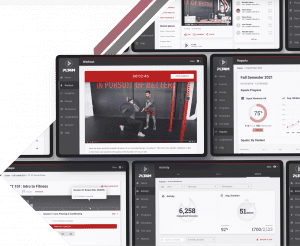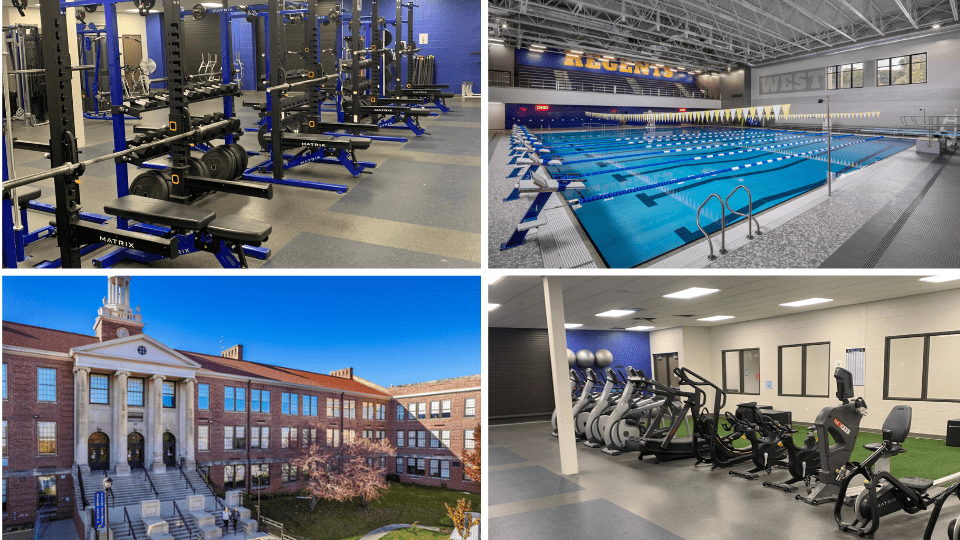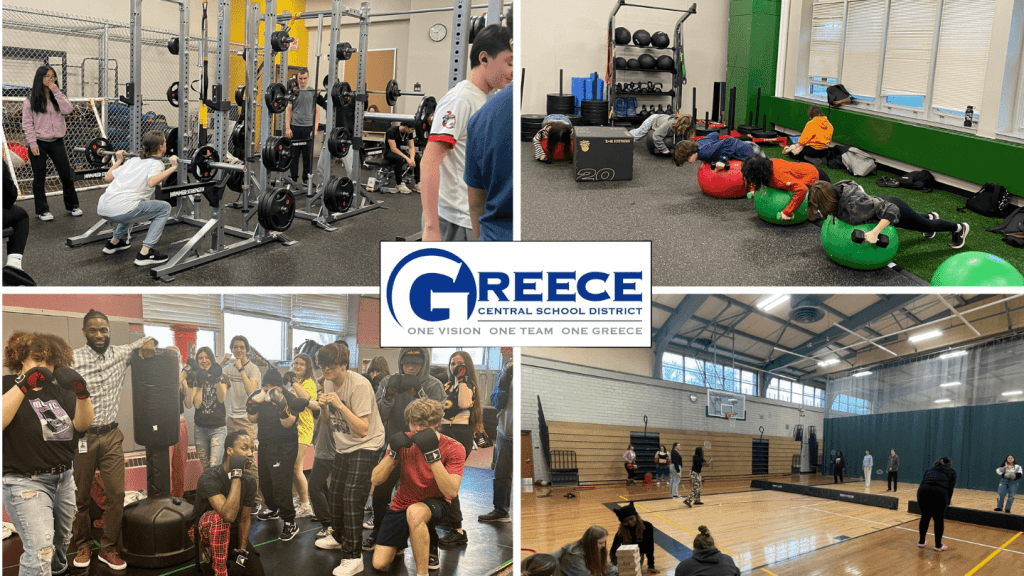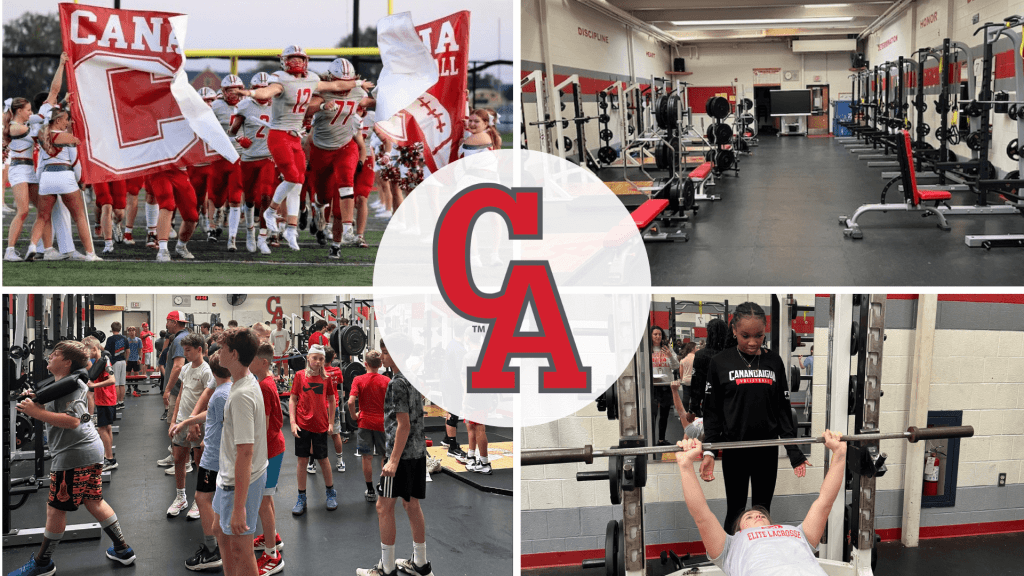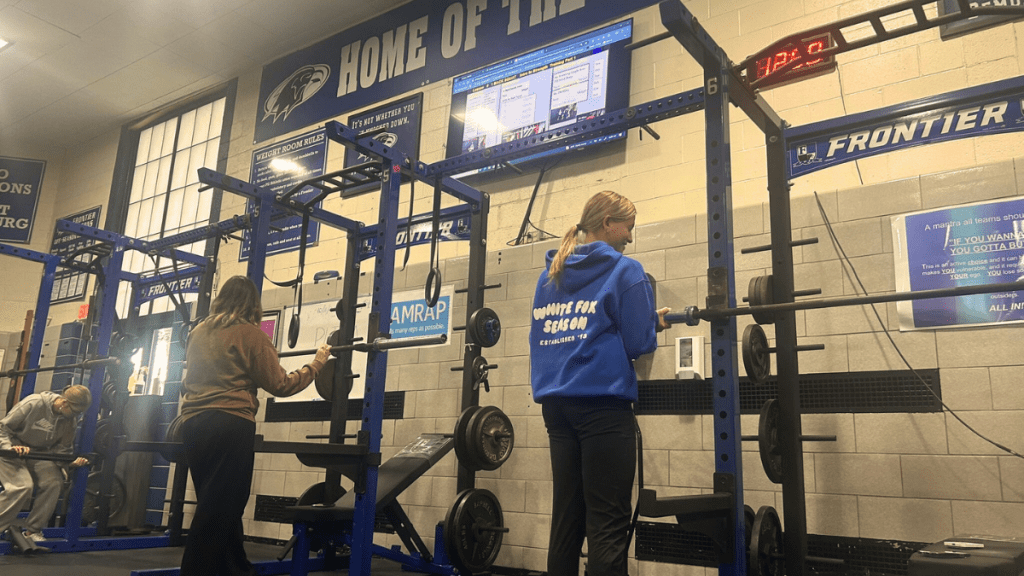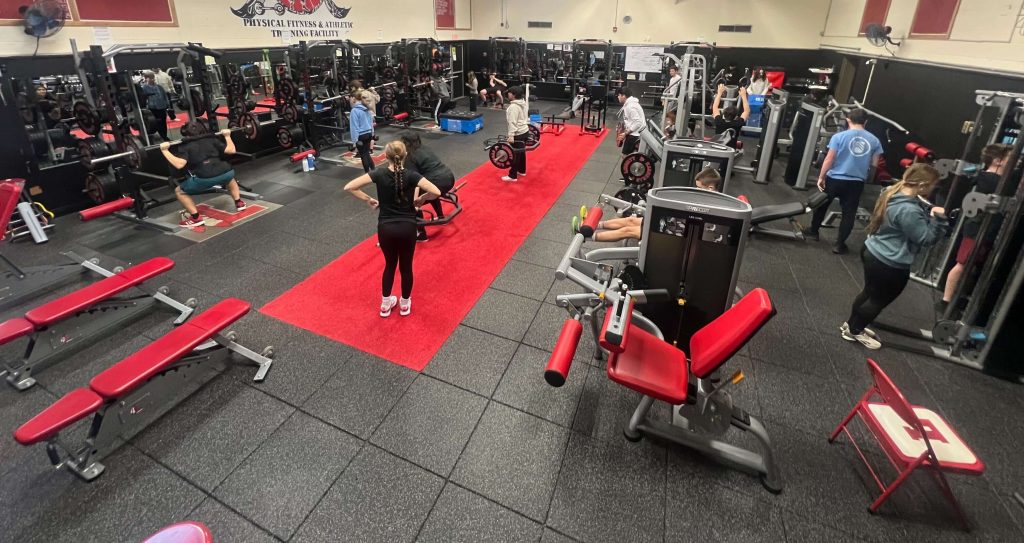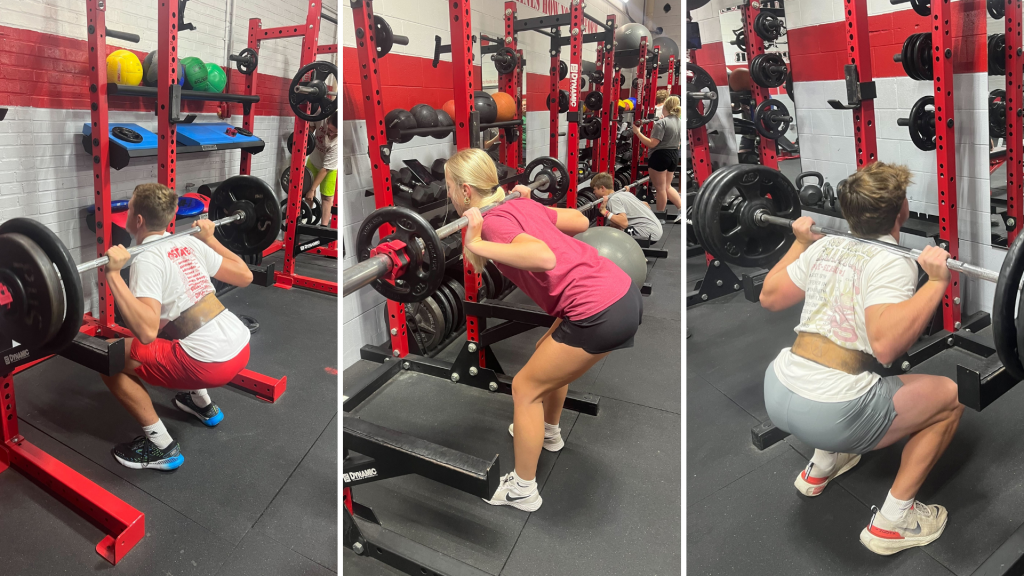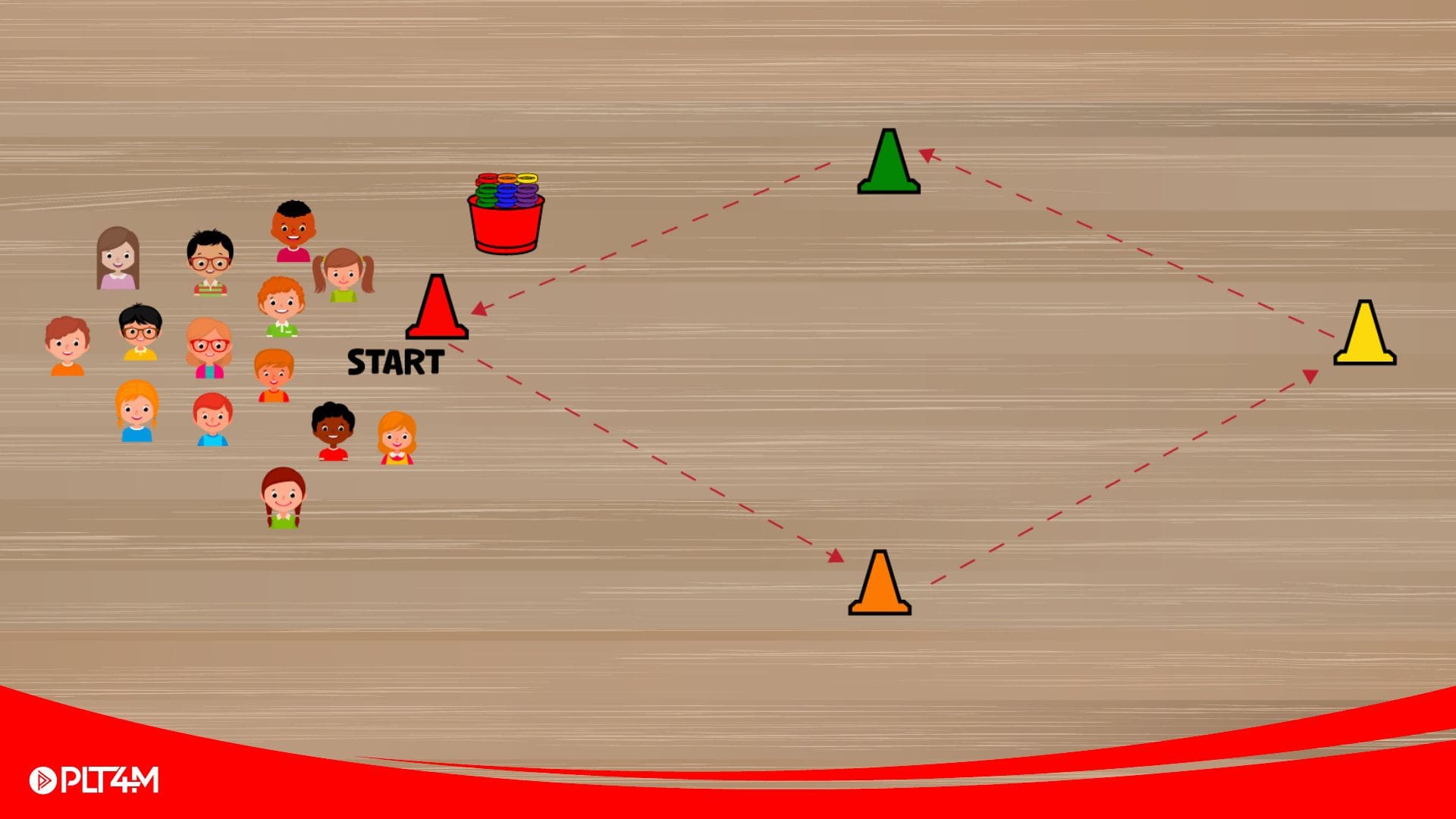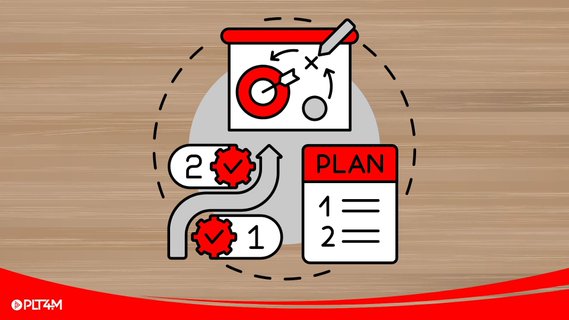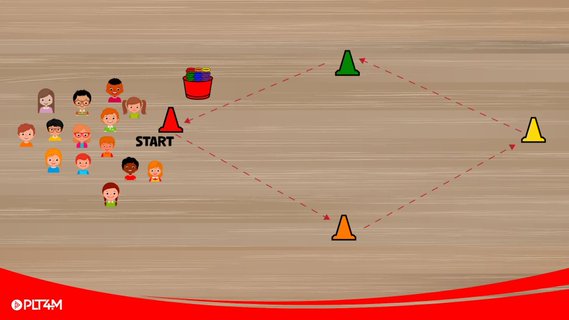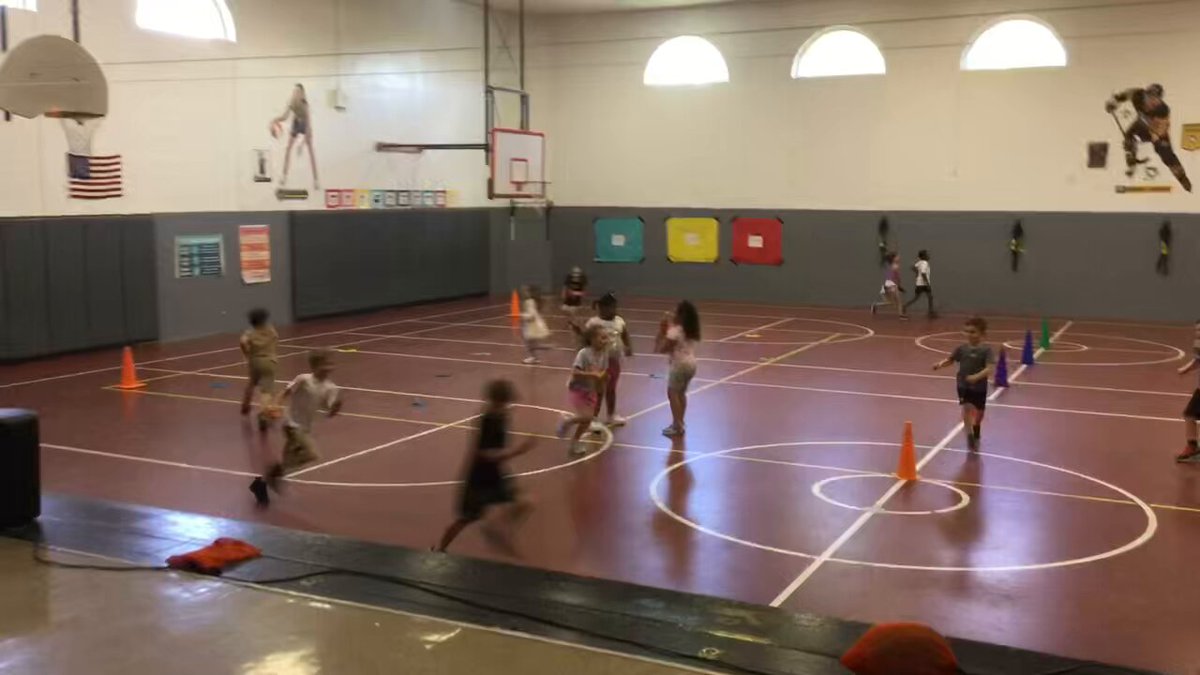As the world continues to grapple with the effects of the pandemic and tumultuous times, it is becoming increasingly evident that fitness and mental health are essential components of a healthy lifestyle. Schools have a unique role in helping students develop the skills and knowledge to maintain physical and mental well-being. This article will discuss the importance of fitness and mental health in schools and the need for schools to take action through a deeper investment in physical education.
Mental Health Issues Facing Students
The mental health conditions of students are a major public health concern. While mental health problems are not a new phenomenon among adolescents, there are rising rates of mental health issues among students.
For example, over 70% of teens today cited Anxiety and Depression as the number one issue affecting their peer group. If that number isn’t startling enough, the CDC also cites a few statistics that are raising concern for mental health professionals and schools,
In 2021, more than 4 in 10 (42%) students felt persistently sad or hopeless, and nearly one-third (29%) experienced poor mental health.
In 2021, more than 1 in 5 (22%) students seriously considered attempting suicide, and 1 in 10 (10%) attempted suicide.
And while no one is immune to mental health problems, these feelings were found to be “more common among LGBQ+ students, female students, and students across racial and ethnic groups.”
And while studies and research have documented students’ poor mental health, anyone who has spent time in a school has seen firsthand students’ startling mental health conditions. So how do fitness and mental health overlap for students?
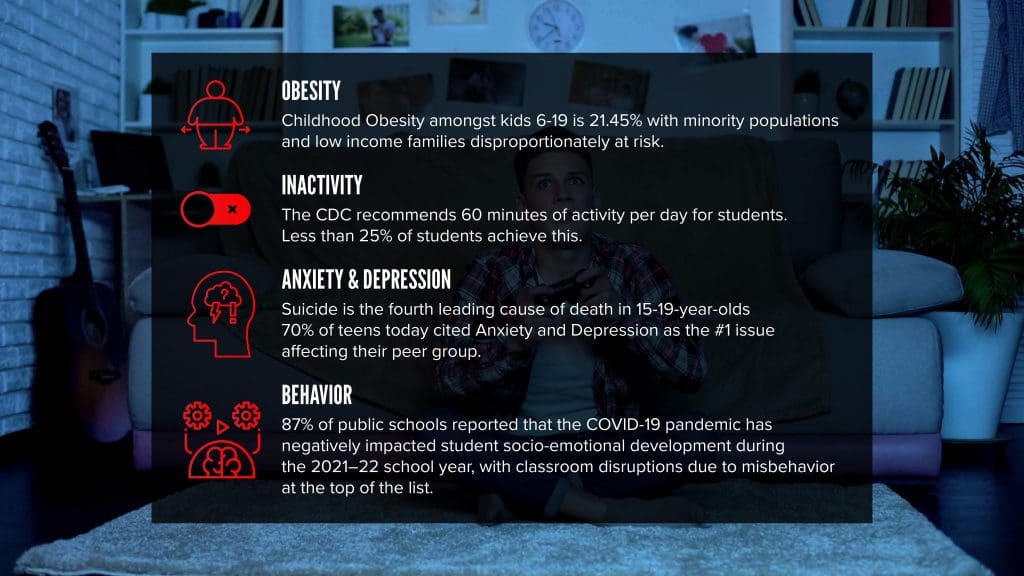
Fitness and Mental Health – A Powerful Solution
Usually, studies draw connections between regular exercise and physical activity to physical health benefits. And while regular physical activity can help stave off chronic diseases like high blood pressure and heart disease, there are also critical mental benefits. Fitness and mental health are undoubtedly connected.
The benefits of regular exercise and physical activity include:
Improves mental health by reducing anxiety, depression, and negative mood and enhances self-esteem and cognitive function.
Alleviate symptoms such as low self-esteem and social withdrawal.
Improve sleep and reduce tiredness, increasing mental alertness, energy, and stamina.
Reduce psychological stress and enhance various aspects of self-esteem.
Exercise and the associated increase in blood flow and oxygenation in the brain lead to the development of cerebral capillaries, the production of neurotrophins, the growth of nerve cells, and the overall improvement of the brain’s neural network.
(Many of these are documented in studies like Exercise for Mental Health and articles like Why is Physical Education Important?)
Long story short, people of all ages can reap the mental health benefits of physical activity. But have schools made the connection of fitness and mental health?
Free Fitness Lessons For P.E. Classes
Want to empower student mental health through fitness? Try any of these 24 ready to go lessons loaded with awesome video content.
Challenges Facing Physical Activity For Youth
While regular exercise’s physical and mental benefits are well documented, the U.S. struggles to answer the call to action. In fact, the United States earned a D- in Overall Physical Activity within the recently released 2022 U.S. Report Card on Physical Activity for Children and Youth. This recent study also helped us get a glimpse at just how inactive our students are,
“Between 21% and 28% of children 6 to 17 years of age participate in 60 minutes of physical activity every day based on self-report (2019-2020 National Survey of Children’s Health, NSCH²⁵ and 2017-2020 National Health and Nutrition Examination Survey, NHANES,²⁶ respectively).”
And while these numbers are startling, they aren’t surprising. And if the lack of physical activity isn’t enough, let’s look at what is happening in schools:
50% of high school-age students attend physical education only class once a week.
25% attend physical education classes every day.
Long story short, our students are sedentary and struggling to come close to the CDC recommendation of 60 minutes of physical activity per day.
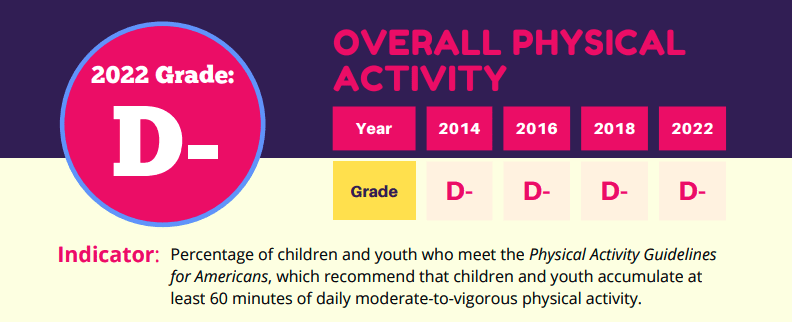
Fitness and Mental Health – Physical Education Is The Intervention
As schools grapple with students’ psychological health, they should consider the powerful intersection between fitness and mental health.
In the world of mental illness, we often take a reactive approach when issues start to arise. But with the rising rates of mental health issues, schools need to evaluate the proactive interventions that can best support students. Regular physical exercise is one of the most proactive interventions we can utilize with students.
And we cannot assume that students will independently participate in regular physical exercise. On the contrary, the numbers show that students need structure and support to participate in regular physical activity.
Physical education is the best place for students to participate in regular workouts and exercise programs. A quality physical education program will enhance students’ physical fitness and promote the proven positive effects on mental well-being. And not only will physical education give students an outlet for regular exercise and equip them with skills to pursue an exercise program beyond the walls of school.
So what can schools do to invest in fitness and mental health via physical education?
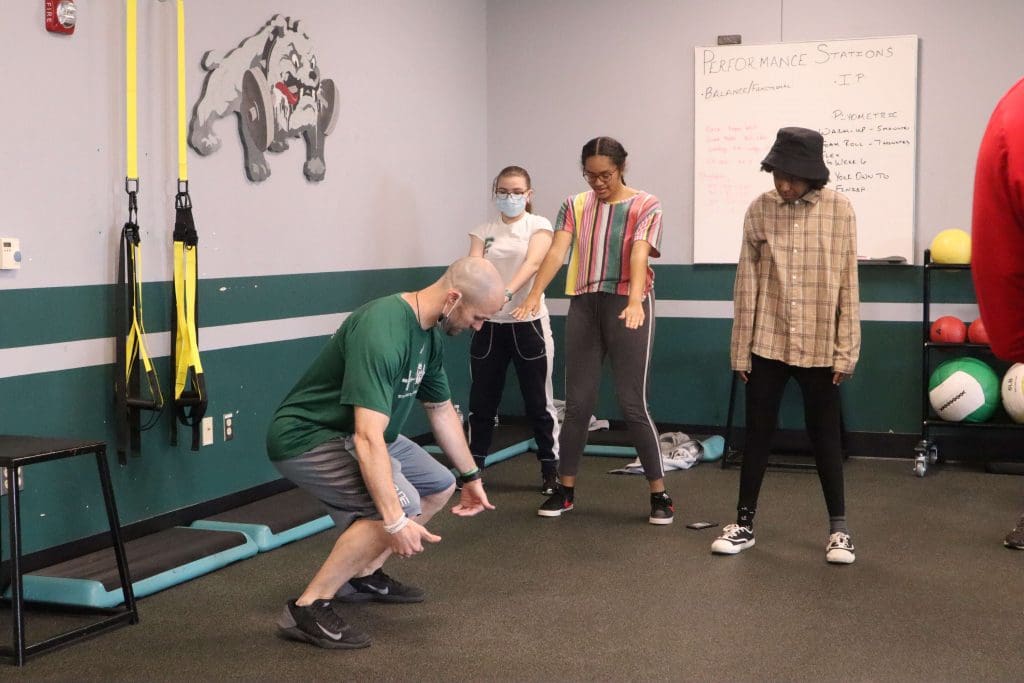
Making The Investment in Fitness and Mental Health
Physical education must be a core component of a school’s curriculum and plan. To invest in fitness and mental health, we have outlined a few clear action items that every school can take:
Make Time For Physical Education – Physical education requirements in schools are declining to make room for other subjects and courses. But we must make daily physical education in schools the norm, not the anomaly.
Invest in Physical Education – Physical education has been underfunded and forgotten at many schools. Investments can be made in equipment, curriculum, and our physical education teachers to ensure every student can participate in some daily exercise routine.
Create an Inclusive Environment – Physical education can be intimidating for many students. But schools are reimagining P.E. to provide different exercise routine options to promote active participation and student engagement.
Build a Comprehensive Student Wellness Plan – While physical education is one component of the Whole School Model that promotes student wellness, it is not the single magic solution. However, physical education teachers can help create a comprehensive student wellness plan that promotes regular physical activity in other places like recess, classroom movement breaks, sports, intramural activities, and more.
Ready to Learn More?
Schedule a free 10 minute consultation to see how PLT4M empowers student mental and physical health in physical education.
Fitness and Mental Health In Action
Schools across the country have already stepped up to the challenge of addressing mental health through physical education. Physical education departments have taken great strides in providing a quality physical fitness curriculum that promotes physical health and mental health benefits.
For example, Wyomissing High School in Pennsylvania has transitioned to a “Lifetime Fitness” curriculum that offers courses like mind-body connection, strength and conditioning, personal fitness, net games, and more. Jodi Reardon, PE teacher at Wyomissing, saw the relationship between fitness and mental health and wants her students to see the same,
“I want students to see the positive connections to physical education. Not only are there physical benefits, but mental, emotional, and social. If we can help students find something they enjoy doing, they will be more likely to reap the long-term benefits of lifetime fitness.”
Check out the full story on Wyomissing High School below. As a bonus, we also have featured success stories from other schools across the country, empowering students’ physical and mental well-being through physical education.
Key Takeaways on Fitness and Mental Health
We shouldn’t just look at immediate reactive solutions for poor mental health. Instead, we should address mental health through proactive and comprehensive measures.
Physical education is a viable long-term investment and solution to helping support students mental health. With even just the addition of 30 minutes of moderate physical activity a day, students’ mental and physical health will improve drastically.
Let’s stop trying to reinvent the wheel and instead turn to proven solutions like physical activity and physical education. The call to action is clear; schools need to make the fundamental connection between fitness and mental health.
FAQ
Does PLT4M have mental health activities for students?
Yes, PLT4M has targeted mental health activities for students, like mindfulness lessons and breathing exercises. But as this article outlined, exercise is a proven mental health activity. PLT4M has a robust offering middle school P.E. lesson plans and high school P.E. lesson plans to promote physical exercise for students.
Does PLT4M cover social-emotional learning standards?
Yes, one of the five national shape standards for physical education is social-emotional learning. PLT4M has specific social-emotional learning lesson plans and hits on SEL standards throughout many of the different workouts and lessons.
Do all PLT4M programs align with Shape America National Standards?
Yes, PLT4M is a proud premier partner of Shape America, and all our programs align with the Shape Standards. We know that for schools to invest, they want to ensure that they are investing in quality curriculum. PLT4M has you covered!
